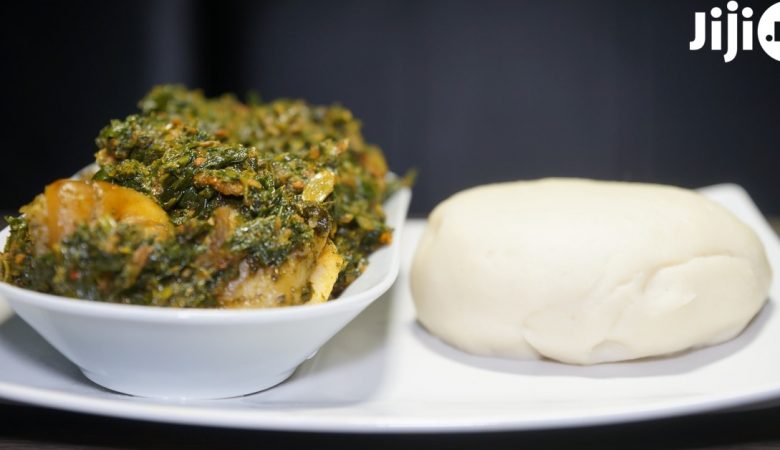A typical European, according to WHO, consumes 8–11 grams of salt per day instead of the 5 grams permitted (this is the result of not only adding salt to the food but also of regular consumption of high sodium foods). As a result, suffers from high blood pressure, edema, kidney disease, although these problems could be avoided.
Want to know how to eat less salt easily, without a diet? Now we will tell you about 7 effective ways to reduce salt consumption to a minimum!
Buy high-quality vitamins and supplements on Jiji at the most reasonable prices!

1. High sodium foods
Anyone who wants to reduce the consumption of salt should understand that he must reduce not only the amount of salt added to dishes but also the consumption of foods high in sodium.
Find the freshest meals and drinks on Jiji at the lowest prices!
But what foods are high in sodium? Well, here’s your list:
Top 25 Foods High In Sodium (Naturally)
Sodium is an essential mineral which the body requires to function properly. It is also one of the electrolyte minerals which conduct electricity when dissolved. Also, it is been shown to help professional athletes maintain a higher blood volume, that regulates the human body heart rate and temperature during prolonged periods of physical exercise like cycling or running.
2. Low sodium foods
And here we got low sodium foods you have to pay attention to:
Top 10 Low Sodium Foods
Top 10 Foods Low in Sodium. Best 10 low sodium foods list. Foods, vegetables, fruits low in sodium. 10 foods with low sodium. Top 10 low sodium foods list to start a heart-healthy diet. Low sodium foods for people with high blood pressure/hypertension. What foods have the least sodium?
3. Eating less salt benefits
- treatment of hypertension and normalization of blood pressure;
- treatment of heart failure;
- prevention of a heartburn, peptic ulcer and duodenal ulcer, acid reflux;
- treatment of edema;
- effective weight loss;
- improving the quality of life.

4. How many mg of sodium per day you can consume
Maybe you should stop consuming salt at all?
No! You should consume a small amount of sodium with the food: without it, the body can’t maintain the water balance in the cells, transmit nerve impulses and perform muscular work.
So, how much salt should you eat:
How Much Sodium (Salt) Should You Eat? The Salty Truth
Subscribe: http://bit.ly/anvideos How much sodium should you really eat per day, and is getting too much salt really that bad for your health? That’s what we’re looking at in this video.
5. How to eat less salt
5.1. Consume the minerals you need
Our body needs various minerals. Many minerals have a salty taste. And when you eat something, your body gets an “order” from the brain that the food you are eating is salty, and that you are getting the minerals you need.
But you aren’t! And that’s why you want more salt than you really need.
The desire to eat more salt means only that your body needs more minerals!
Here’s what you should do:
- instead of salt, take vitamin and mineral complexes;
- consume more Kelp, Nori, and other seaweed;
- add Chia seeds into the menu (read about the benefits of Chia seeds in our blog “Chia Seeds Benefits And Recipes“), Quinoa and other whole grains, seeds, and nuts.

5.2. Drink plenty of water
If your body is dehydrated, you feel the need to consume more salt in order to stabilize the level of electrolytes (which are mineral salts). Therefore:
- make sure you drink eight or more glasses of water each day;
- drink extra water when exercising.

5.3. Check out the state of your adrenal glands
If you feel like you need more salt, it can be a sign of adrenal hypofunction, which manifests itself with the critically low blood pressure.
If you are experiencing a great desire to consume more salt and, at the same time, you feel the chronic fatigue, you have bags under your eyes – check out the state of your adrenal glands and the level of cortisol.
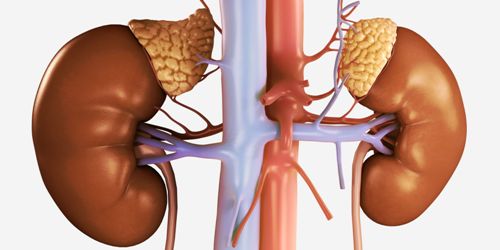
5.4. Opt for natural raw foods
Asking yourself «how can I eat without salt?».
One of the easiest ways to reduce the consumption of salt is to exclude processed foods from your menu, replacing them with fresh and natural ones, because about 70% of salt is added to our foods during the manufacture food processing!
Check out the high sodium foods video in this post above.
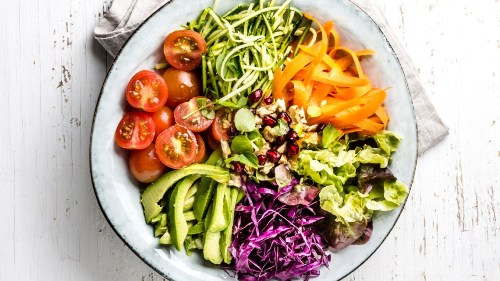
5.5. Add salt to the ready dish, but not during cooking
If you add salt into the ready dish, at that moment when you taste the food, the salt immediately comes into contact with the taste buds on your tongue and the brain immediately receives a signal.
If you add salt during cooking, the taste of salt is not so pronounced and your brain can not immediately recognize that the food is salty, and you add more salt!
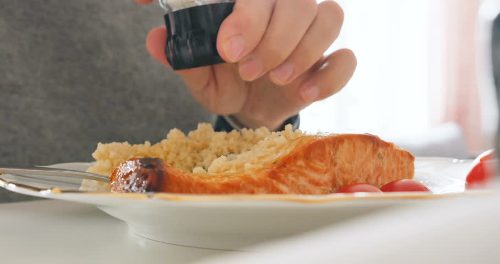
5.6. Use vegetables to improve the taste
Some vegetables, such as garlic, onions, celery have strong flavors and can improve the taste of any dish. Instead of using salt, add a mixture of:
- two parts of onion
- part of celery
- and a part of carrot to the soup or sauce.
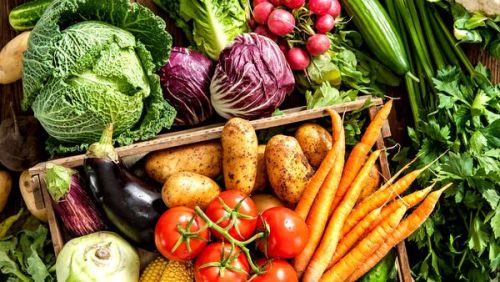
5.7. Use herbs and spices instead of salt
If you’ll make it a habit to use herbs and spices in small quantities when preparing any food instead of salt, you “accumulate” their benefits, reduce risks for the health and get many benefits – read more about them in our blog “11 Health Benefits Of Spicy Food You Wanted To Know About“!
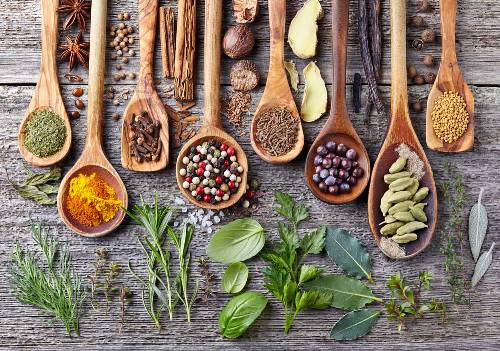
Add Flavor Without Salt
High blood pressure may mean you need to eat less salt (sodium). Learn how to cut back without losing flavor.
Install free updated Jiji app now to get the best Jiji deals right on your smartphone!


